This is a collection about my interests in shapes with infinite perimeters and finite areas, information on the Indian knowledge about the Meru Prastara (or the Sierpinski triangle), the Etruscan (or Roman) Nundial ("nine day period") and its relation to the flower of life as a lunar calendar the and other information about advanced knowledge from antiquities that is undeniable.
Koch Snowflake
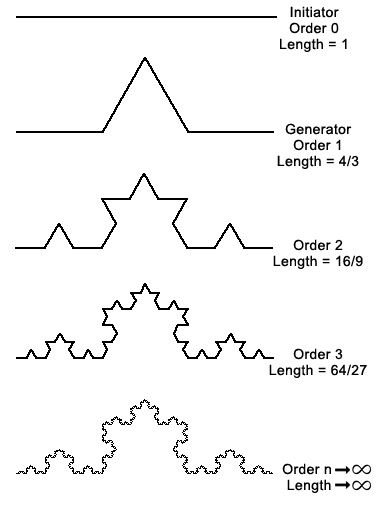
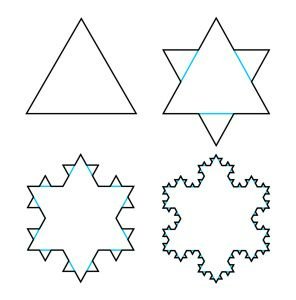

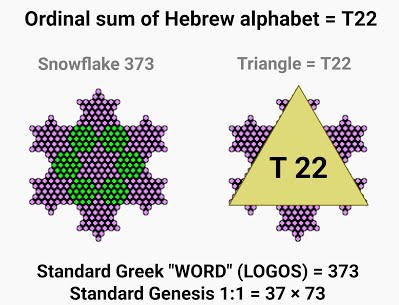
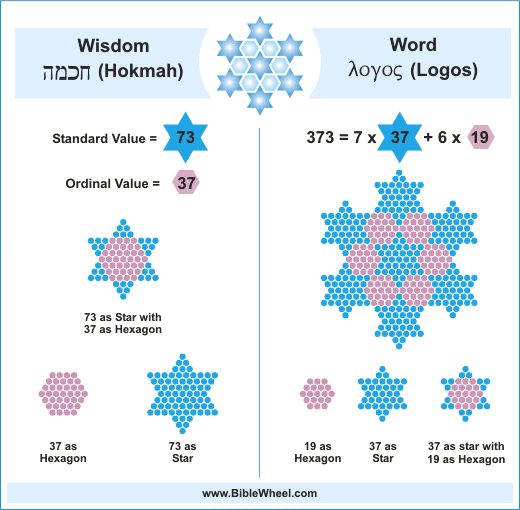
Mithraism
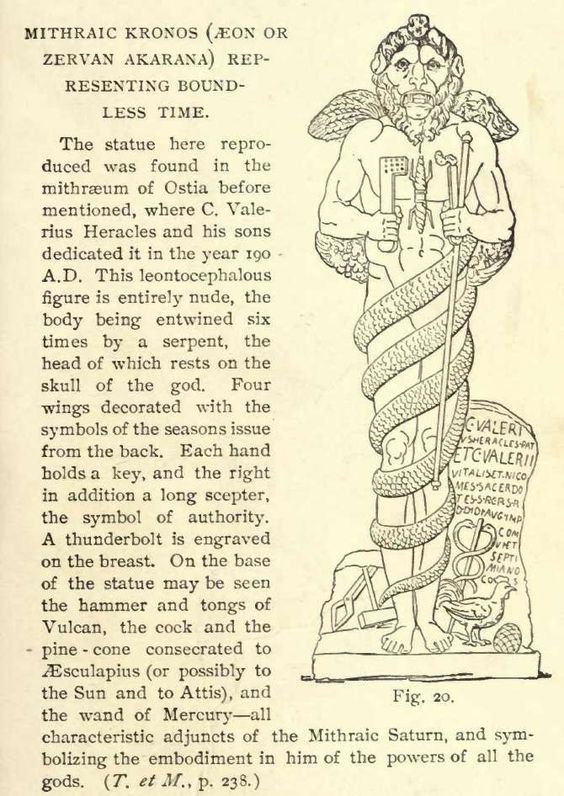
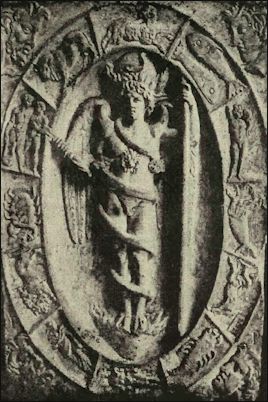
Nundinae
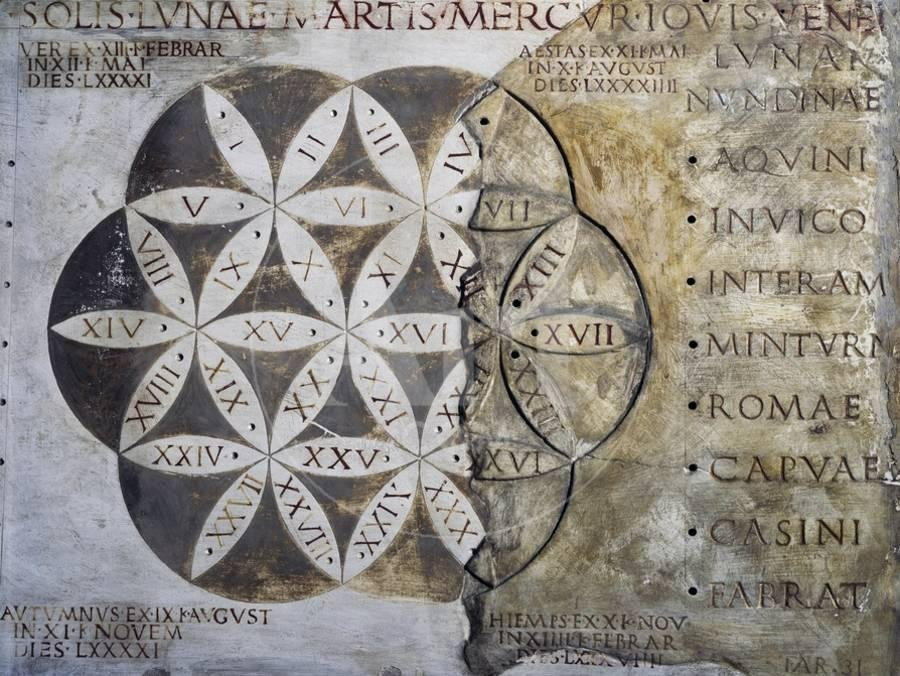
Meru Prastara, Pascal's Triangle, Pingala's Algorithm
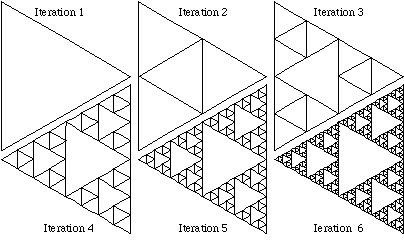
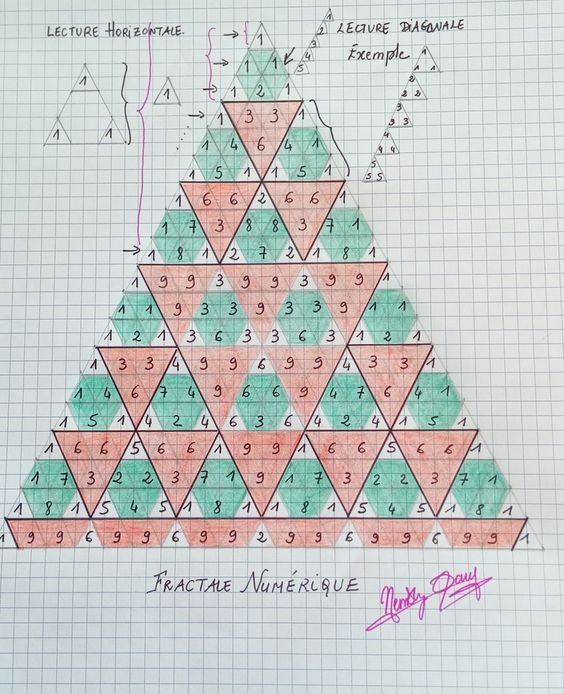
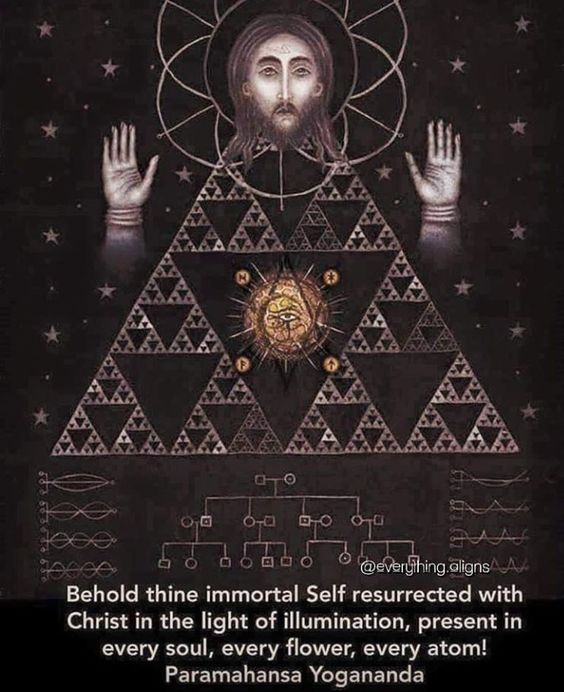


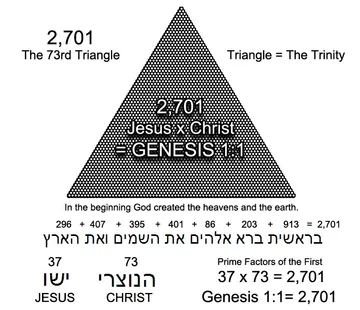
37 = 36 (6 squared) plus 1 squared
73 = 9 (3 squared) plus 64 (8 squared)

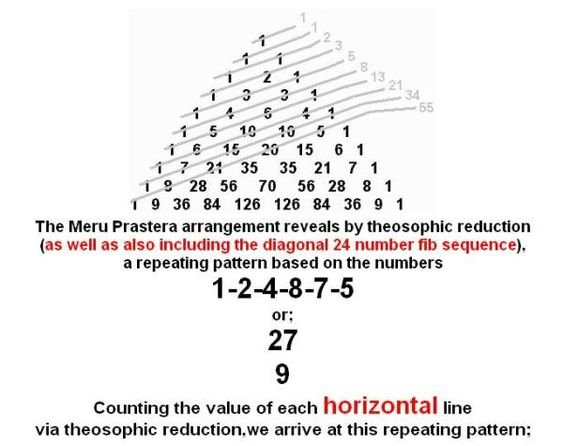
Meruprastāra (मेरुप्रस्तार)(translates as "spinal cord") is a three-dimensional representation of Śrīcakra.—Meruprastāra is the core of the goddess’s maṇḍala (from here emerges the goddess, and with her, the Krama).—[...] Pīṭha (“sacred seat”) is a general term for a place where a goddess or Yoginī resides. Internalized, these places may be represented as the ‘location’ of the fifty letters within the goddess’s triangular Yoni. When viewed in this form the Yoni is called the Meruprastāra. Source: Manblunder: Śrī Cakra Navāvaraṇa PūjāM
Meruprastāra (मेरुप्रस्तार) refers to one of the two types of Śrī-Cakra.— There are two types of Śrī Cakra. One is bhūprastāra and another is meruprastāra. Bhūprastāra refers to normal flat Śrī Cakra, whose surface is flat. Whether it is Śrī Cakra or Meru, it should always be in square shape. Meruprastāra, which is vertical in nature, is divided into three types. The first three āvaraṇas are sṛṣṭi-karma (creation); The next three āvaraṇas are sthiti-krama (sustenance) and the last three āvaraṇas are saṃhāra (dissolution) kramas. The height of the first three āvaraṇas (bhūpurā and eight petal lotus and 16 petal lotus) is more than the other two is one type. The height of fourth, fifth and sixth āvaraṇas is more than first three and last three āvaraṇas is the second type. All āvaraṇas having the equal height is the third type.

No comments:
Post a Comment
Note: Only a member of this blog may post a comment.